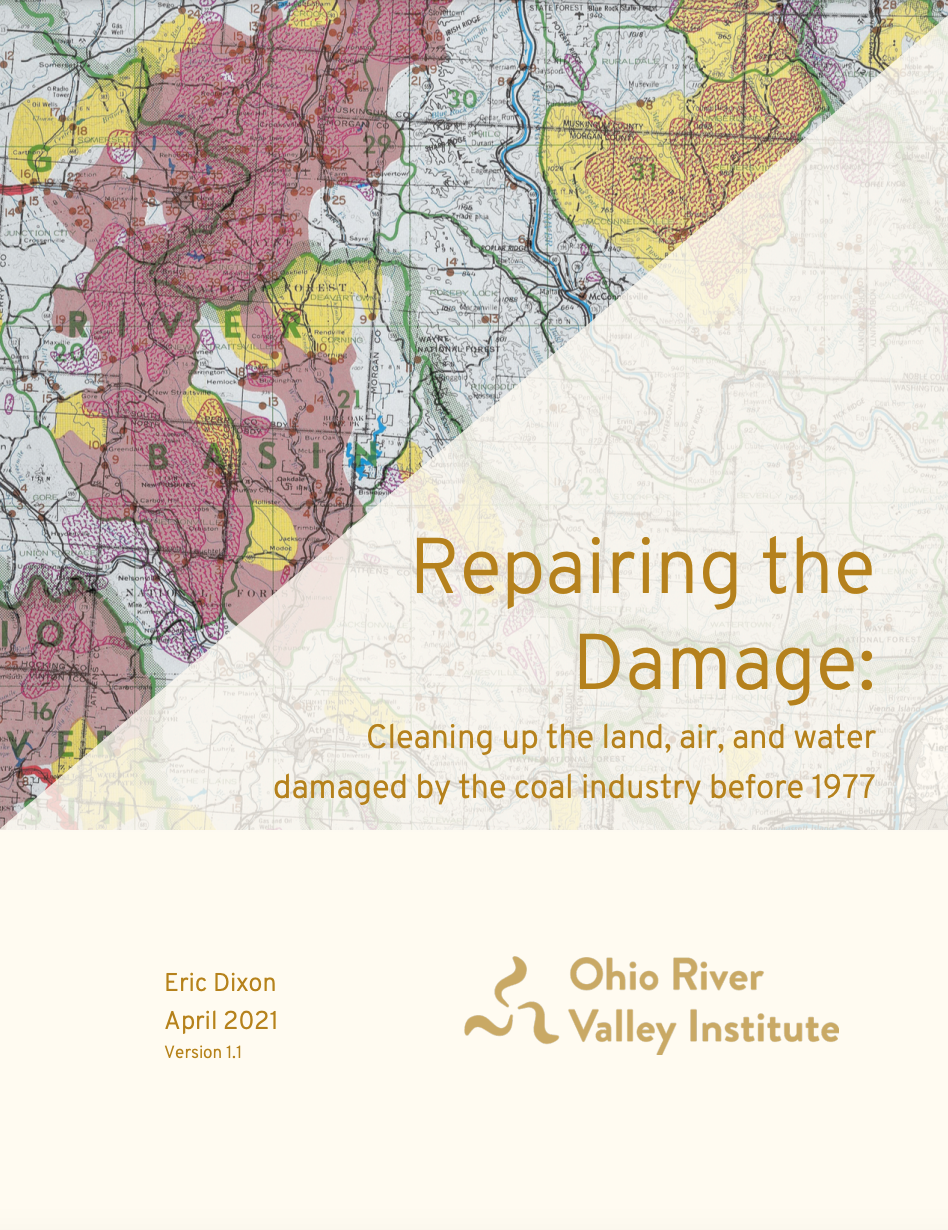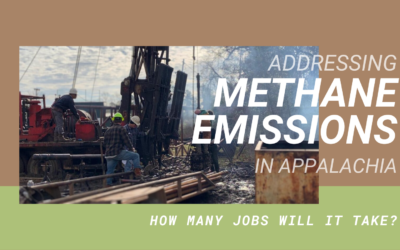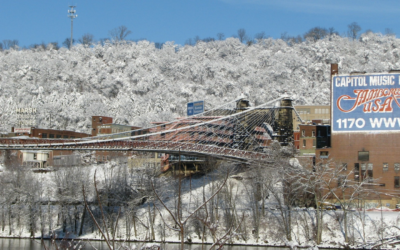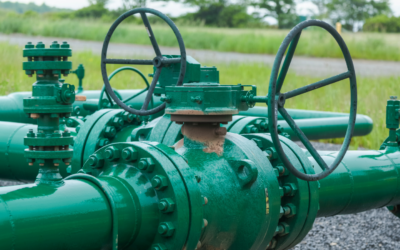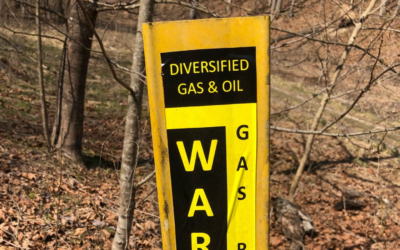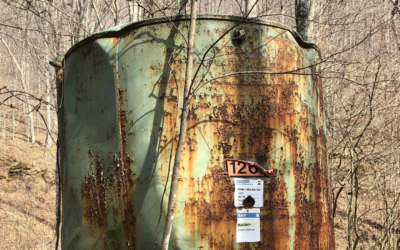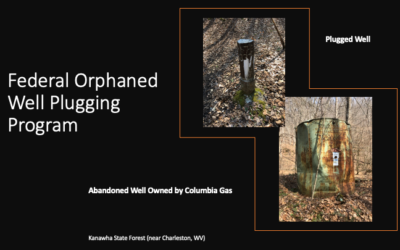Repairing the Damage from the Fossil Fuel Industry
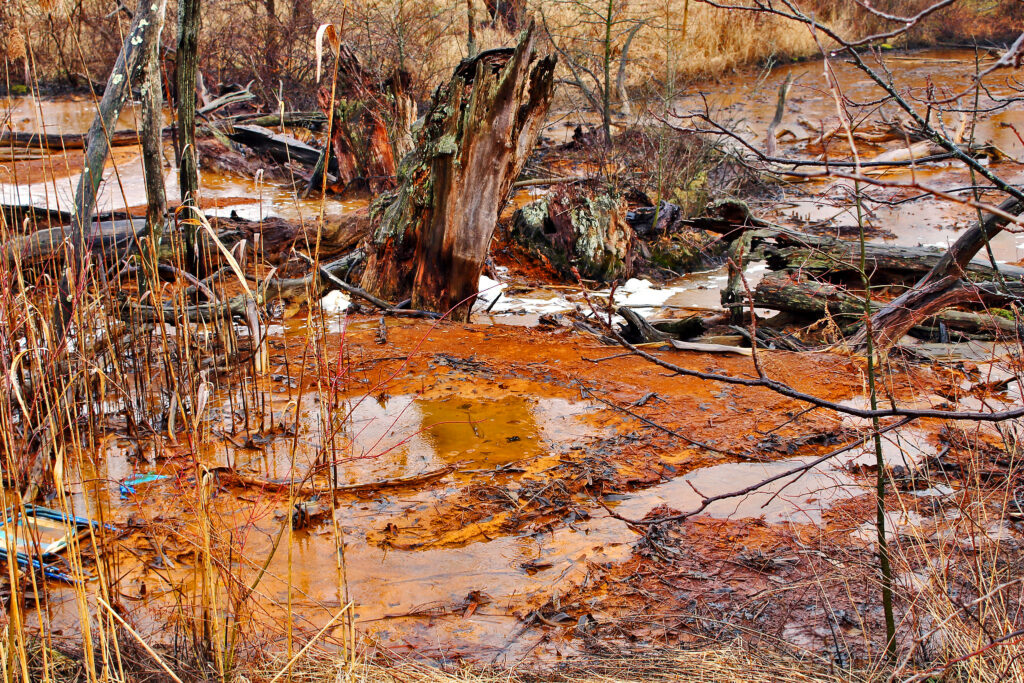
For more than 150 years, Appalachia has provided the cheap energy that has powered the nation’s industrial growth and helped construct the middle class. But Appalachian communities have not fueled our nation’s prosperity without a cost—thousands of environmental hazards, remnants of our region’s legacy of extractive industries, burden our land. Abandoned mine lands, orphaned oil and gas wells, and coal ash disposal sites deter development, hurt ecosystems, contribute to the climate crisis, and threaten the health and safety of nearby people.
Cleaning up these hazardous sites presents a huge economic opportunity for the region. Developing pathways to address the environmental and public health issues of abandoned mine lands and orphan wells would create more than 30,000 well-paying, local jobs, stemming climate change, protecting our communities, and ensuring the health of future generations to come.

Abandoned Mine Lands
Appalachia is home to thousands of Abandoned Mine Land (AML) sites that threaten nearby residents, deter development, harm ecosystems, and emit climate-warming greenhouse gas emissions. Cleaning up these wells is an environmental and public health necessity. If federal funding is allocated effectively, it could also be a huge economic opportunity for our region.

Abandoned Oil & Gas Wells
Hundreds of thousands of orphan oil and gas wells across the Ohio River Valley region threaten communities and the environment with harmful air and water pollution and climate-warming emissions. Federally funded programs to clean up these environmental liabilities could create tens of thousands of well-paying jobs each year, research shows.
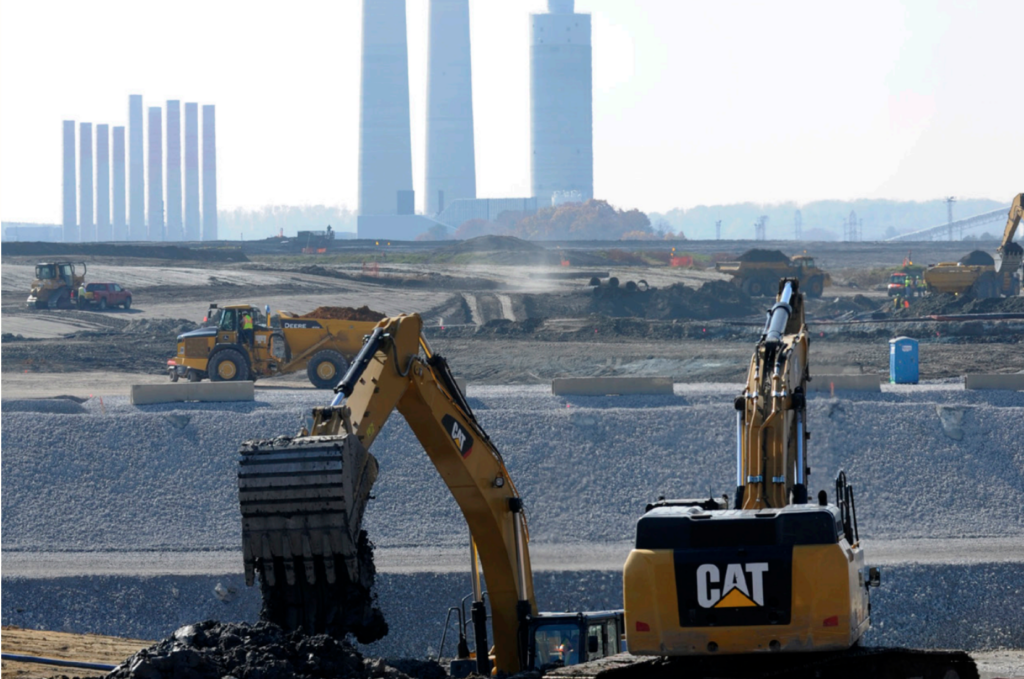
Coal Ash
Coal-fired power plants leave behind hazardous coal ash, one of the largest waste streams in the US. There are more than 160 coal ash disposal sites in the Ohio Valley. Many of these toxic sites are located along major rivers, posing serious risks to public health and the environment.
Reports:
All research on Repairing the Damage:
Addressing Methane Emissions in Appalachia
New EPA methane regulations will create up to 15,000 well-plugging jobs in the Ohio River Valley. $1.3 billion in IIJA and MERP funding can support thousands of additional job-years.
2023 in Review
Together, a more prosperous, sustainable, and equitable Appalachia is possible. That’s the vision that has geared our data-driven research, guided our outreach and campaigns, and grounded our work in the region’s community and culture ever since the Ohio River Valley...
Appalachia is Likely the Largest Source of Methane Emissions in the US
If it were its own country, Appalachia would be the third-largest producer of natural gas in the world, behind only Russia and the rest of the United States. And, as new measurements reveal, Appalachia is likely the source of more system-wide fossil fuel...
First Tranche of Federal Orphan Well Funds Out the Door
In August of 2022, the US Department of Interior (DOI) announced it awarded 24 states $560 million from the Bipartisan Infrastructure Law (BIL) to plug over 10,000 wells, reclaim well sites, and measure methane emissions. In January of last year, DOI announced...
Here’s How Appalachian States Can Create “Good-Paying, Union Jobs” Cleaning Up Mines.
In March, Senator Joe Manchin (D-W.Va.) hosted the Secretaries of the Department of the Interior and the Department of Energy on a tour of West Virginia’s coalfields. After visiting a proposed steel mill in Mason County, they visited a center that educates the...
Can the Infrastructure Law Create “Good-Paying, Union Jobs” Cleaning Up Coal Mines? Not Without Policy Action.
“After decades of delay and decline, America’s workers stand ready to rebuild our country.” That’s what AFL-CIO President Liz Shuler said about the Bipartisan Infrastructure Law as she joined President Joe Biden in the Rose Garden. At the signing ceremony, the...
Diversified Energy: A Business Model Built to Fail Appalachia
Diversified Energy, the nation’s largest owner of low-producing oil & gas wells, does not have enough funds to plug its growing inventory. The company could leave states with billions in clean up costs.
Maximizing Impact of Federal Orphaned Well Program in States
Earlier this month, we provided an explainer of the $4.7 billion federal orphaned well program that was included in the federal infrastructure legislation (the Infrastructure Investment and Jobs Act of 2021) and what that meant for states in the Ohio River Valley. To...
Federal Orphan Well Funding, Explained
At the end of January, the Biden administration and the US Department of Interior (DOI) announced the first round of $1.15 billion in funding from a new federal orphaned well program to plug, remediate, and reclaim oil and gas wells. As part of the 2021...

